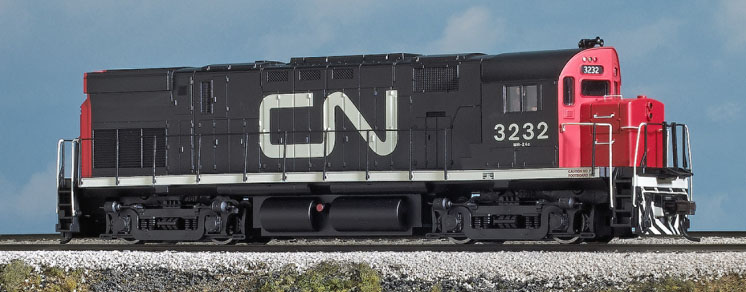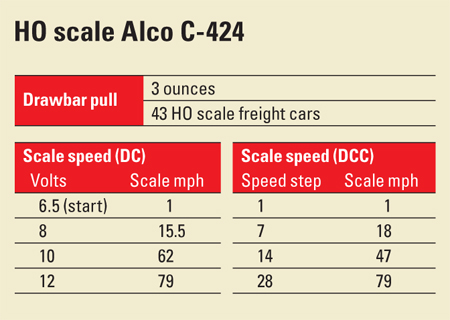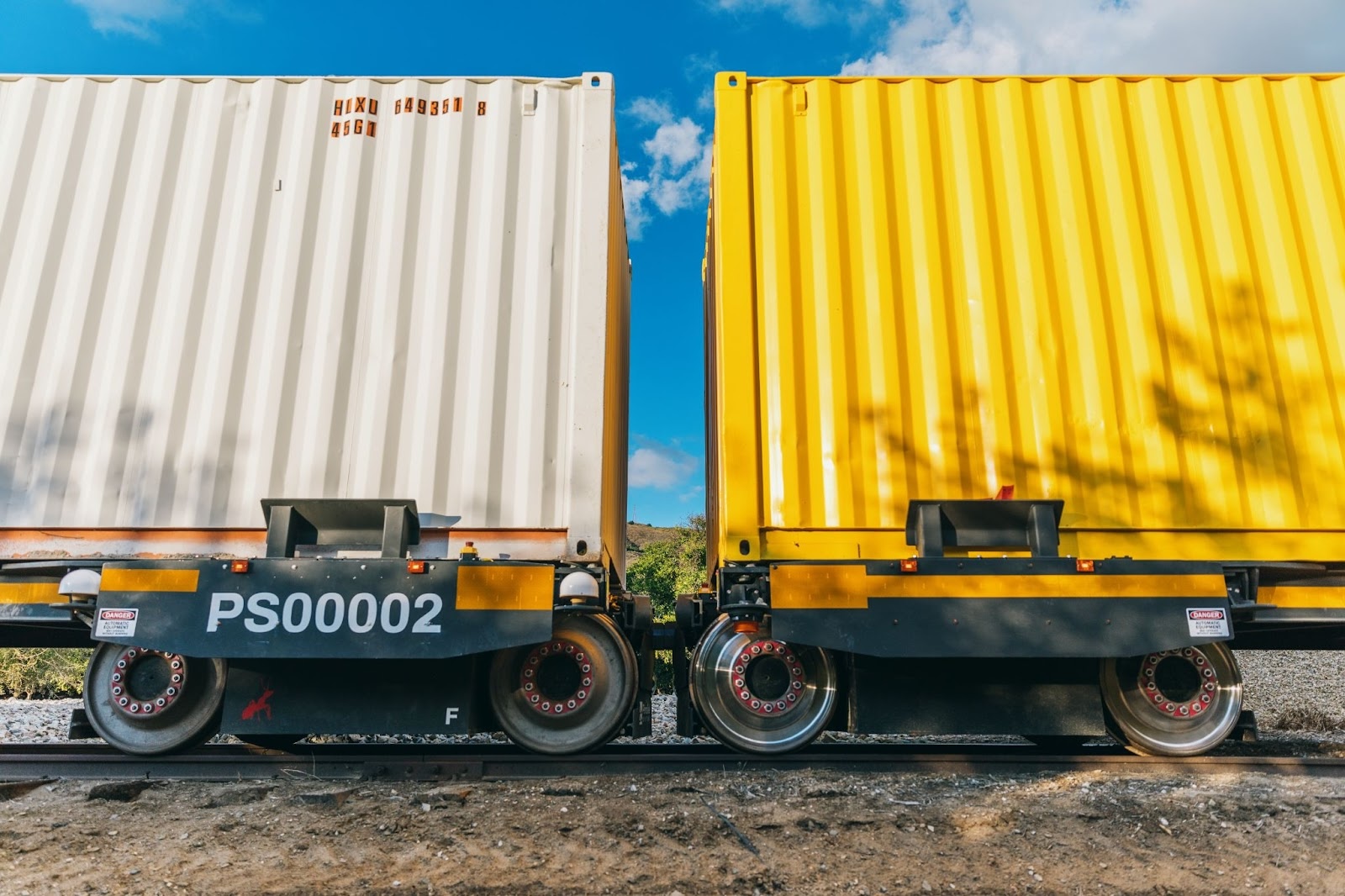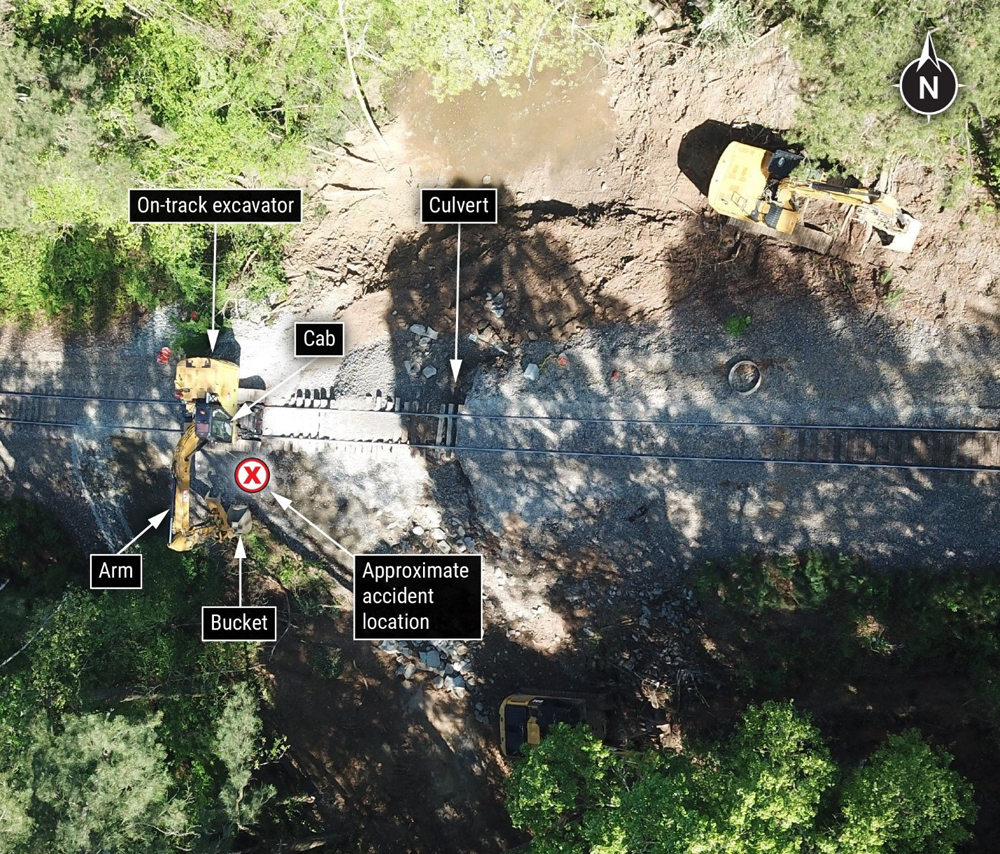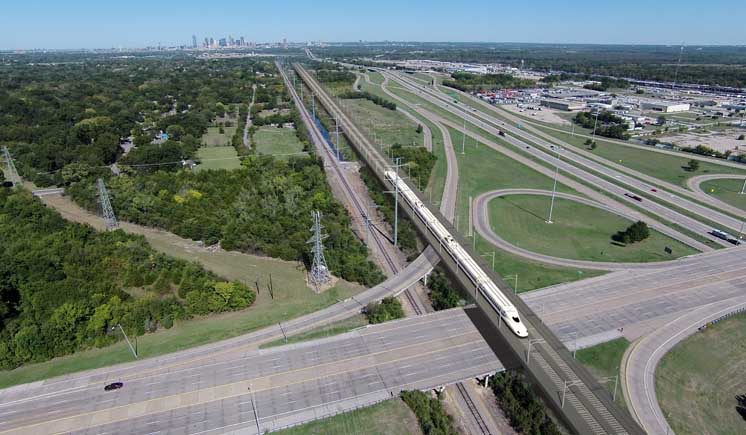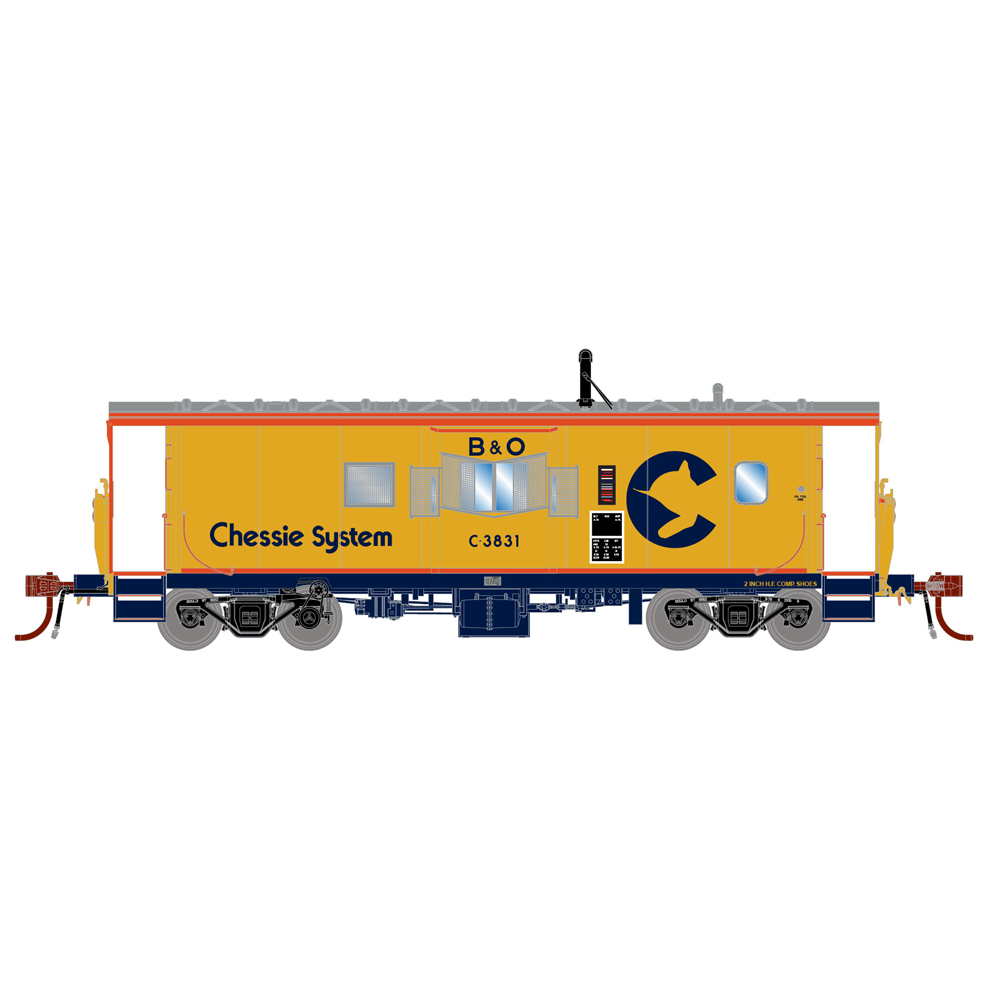The prototype. From April 1963 to May 1967, the American Locomotive Co. built 190 C-424 diesel-electric locomotives for railroads in the United States, Canada, and Mexico. In the locomotive designation, “C” stands for Alco’s Century Series product line, “4” stands for four-axle trucks, and “24” stands for 2,400 horsepower.
During the C-424 production run, Alco developed the C-425. Looking nearly identical to a C-424, the C-425 featured a 251C (rather than the C-424’s 251B) prime mover and a larger main generator to boost the C-425’s power rating to 2,500 hp.
The model. Our review sample uses much of the same tooling as the Atlas Classic version we reviewed in the
November 2010 Model Railroader. The HO C-424 closely matches the dimensions of the prototype shown in the 1966 edition of the Car and Locomotive Cyclopedia (Simmons-Boardman).
The CN version correctly includes a split fuel tank and non-functioning class lights above the front number boards. To accurately model CN no. 3232, the horn should be moved behind the engineer’s side of the cab, and there should also be a bell mounted behind the air cleaner vent on the engineer’s side. Adding these and other details, such as cab window sunshades and wind deflectors, would be an easy superdetailing project.
The uncoupling levers, m.u. hoses, handrails, and grab irons are separate flexible plastic parts. Painted crew figures are included in the cab.
The CN paint matches prototype photos. However, some of the paint on the handrails rubbed off in the packaging.
The mechanism and die-cast metal frame is the same as the 2010 release. The main upgrade on our Gold Series version is the ESU LokSound decoder soldered to the main printed-circuit board. A downward facing speaker is mounted in an 11⁄16″ x 17⁄16″ rectangular plastic enclosure.
The model accelerated to a top speed of 79 mph. The prototype was available geared for 70, 80, or 86 mph top speeds.
Most of the decoder’s 21 functions control sound effects, including the coupler, bell, and horn. There are 16 different horns to choose from, but the default three-chime horn sounded correct to me. Other effects include radio communication, a talking defect detector, and manually notching the Alco 251 prime mover. Pressing function 16 when the locomotive is in motion triggers the clickety-clack sound of steel wheels rolling over jointed rail.
The headlight operates automatically, according to the direction of travel. When stopped, the headlight automatically dims. The dimmer can be programmed to operate manually via a function key for Rule 17 lighting.
It’s easy to customize motor, lighting, and sound control using configuration variables (CVs). I programmed the long address, set up an advance consist with consist function control, and added momentum. The model’s acceleration can be adjusted by programming a simple speed curve (CVs 3, 5, and 6) or a more extensive custom speed table.
Remapping function keys, adjusting individual sound effect volume levels, and some other programming require indexed CVs, which uses CV257 to 511. Some older DCC systems don’t support CVs above 255, but ESU has provided an alternate programming method to accommodate them. This and many other programming tips can be found in the extensive LokSound user manual available as a free download from the ESU website at www.esu.eu/en/start/.
DC. The dual-mode decoder performed reliably on our direct-current (DC) test track. The model crept along smoothly at 6.5 volts, which is less voltage than most dual-mode decoders require in DC. The sound remained constant and didn’t cut out when I flipped the direction switch.
The diesel engine rpm increases and decreases according to the throttle setting. I heard squealing brakes when
I quickly decreased the voltage. Modelers who wish to access the decoder’s other user-triggered sound effects in DC will need to purchase a sound controller, such as the MRC Tech 6.
The ESU LokSound decoder is a welcome addition to this credible HO scale model of an Alco C-424.
Manufacturer
Atlas Model RR Co. Inc.
378 Florence Ave.
Hillside, NJ 07205
www.atlasrr.com
Era: 1963 to present
Road names
C-424 Phase III: Canadian National, Canadian Pacific, Morristown & Erie. C-424 Phase II: Erie Mining (no. 7230); Springfield Terminal (Guilford); Toledo, Peoria & Western. C-425 Phase II: Livona, Avon & Lakeville; Morrison Knudsen (no. 6101); Penn Central. Undecorated versions available.
Features
- Accumate plastic operating couplers at correct height
- All-wheel drive and electrical pickup
- Metal wheels in gauge
- ESU LokSound Select dual-mode decoder (Gold Series)
- 8-pin decoder socket (Silver Series only)
- Five-pole, skew-wound can motor with brass flywheels
- Golden-white light-emitting diode (LED) headlights
- Minimum radius: 18″
- Weight: 13 ounces





